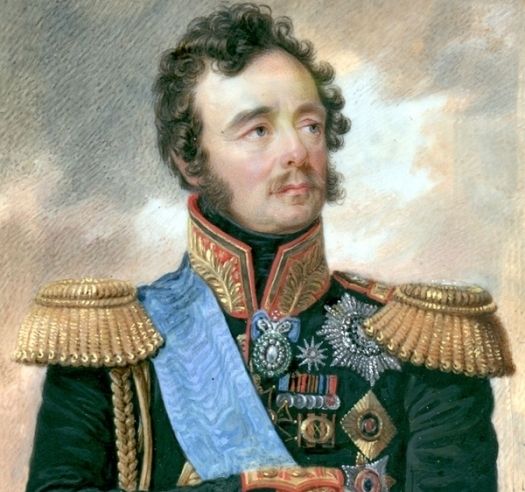One of the main objectives of the resettlement of the Armenians from Iran was to “christianize” the Azerbaijani province of Russia or rather “armenianize” it. In order to determine a new “administrative structure” for the Transcaucasia in the early 30s of XIX century senators P .I. Kutaysov and Y. I. Mechnikov visited this region.
They suggested “to force the inhabitants of these territories to speak, think and feel like the Russians” in order to enlighten the population of the country with the rays of the Orthodox religion and raise the refreshing cross on the ruins of Islam”. Lazarev, who considered himself “the chief inspirer of this migration”, worked hard for the migration of the Armenians. He reported to Paskevich that he could inculcate “confidence in the Armenians that they would ensure the well-being and security of their future generations under the rule of a state having the same religion. “Suggestions strengthened by the attempts of officers gained such a success that first the Maragha Armenians, and then all the Armenians in Azerbaijan (Iranian Armenians) agreed to settle… ”.
As it is written by Glinka, a Russian researcher, “the Armenians from various settlements near to Turkmenchay flew to Karabakh”. Over 8.000 Armenian families crossed the Araks River within three months. When he felt the lack of the state lands for the accommodation of an excessive number of displaced families in in the province of Nakhchivan, Paskevich wrote to Lazarev on April 24, 1828: “The majority of migrants, especially the poor, tend to Karabakh. They can be provided with everything…” It should be noted that Lazarev made great efforts in this issue. Glinka witnessed: “Lazarev persuaded the majority of the Armenian refugees to go to Yerevan and Karabakh and provided them with money”. Kalacheviski, commandant of Karabakh, was zealous in resettlement of the Armenians in Karabakh. He wrote to the military governor of Tiflis that “the Armenians eager to settle in Karabakh were subjected to pressures by the Iranian government.” In his letter to Griboyedov of November 9, 1828,, Paskevich charged Griboyedov to write a letter to his Majesty Naib-Sultan (Fatali Shah’s son, the heir to the throne of Iran), contain seven clauses connected with this issue. Griboyedov informed Paskevich on November 29, 1828: “With my urgent request appropriate measures have been taken in connection with Captain Kalachevski’s notes”. At the same time Griboyedov informed Kalachevski: “address your demands to me or to Amburger in my absence, and your demands will be fulfilled”.
As it was noted by A. S. Griboyedov his in letters on the resettlements of the Armenians from Iran “the displaced Armenian people have been mainly settled on the lands of the Muslim landlords. It is tolerable in summer. The Muslim landlords are in summer pastures and not often communicate with the strangers…. The displaced persons have not been well accommodated and create discomfort for the local Muslims. It causes a true discontent of the Muslims”.
Nasibov Gunduz prepared on the basis of materials of book “about the history of Karabakh issue (the truth and lies) of Tofig Kocharli” (in Russian), Baku 2009.











 Inauguration ceremony of President of Azerbaijan Ilham Aliyev was held
Inauguration ceremony of President of Azerbaijan Ilham Aliyev was held Ilham Aliyev wins presidential election with 92.05 percent of votes VIDEO
Ilham Aliyev wins presidential election with 92.05 percent of votes VIDEO President Ilham Aliyev, First Lady Mehriban Aliyeva and family members voted in Khankendi VIDEO
President Ilham Aliyev, First Lady Mehriban Aliyeva and family members voted in Khankendi VIDEO Plenary session of 6th Summit of Conference on Interaction and Confidence Building Measures in Asia gets underway in Astana. President Ilham Aliyev attends the plenary session VIDEO
Plenary session of 6th Summit of Conference on Interaction and Confidence Building Measures in Asia gets underway in Astana. President Ilham Aliyev attends the plenary session VIDEO President Ilham Aliyev was interviewed by Azerbaijani TV channels in Prague VIDEO
President Ilham Aliyev was interviewed by Azerbaijani TV channels in Prague VIDEO














